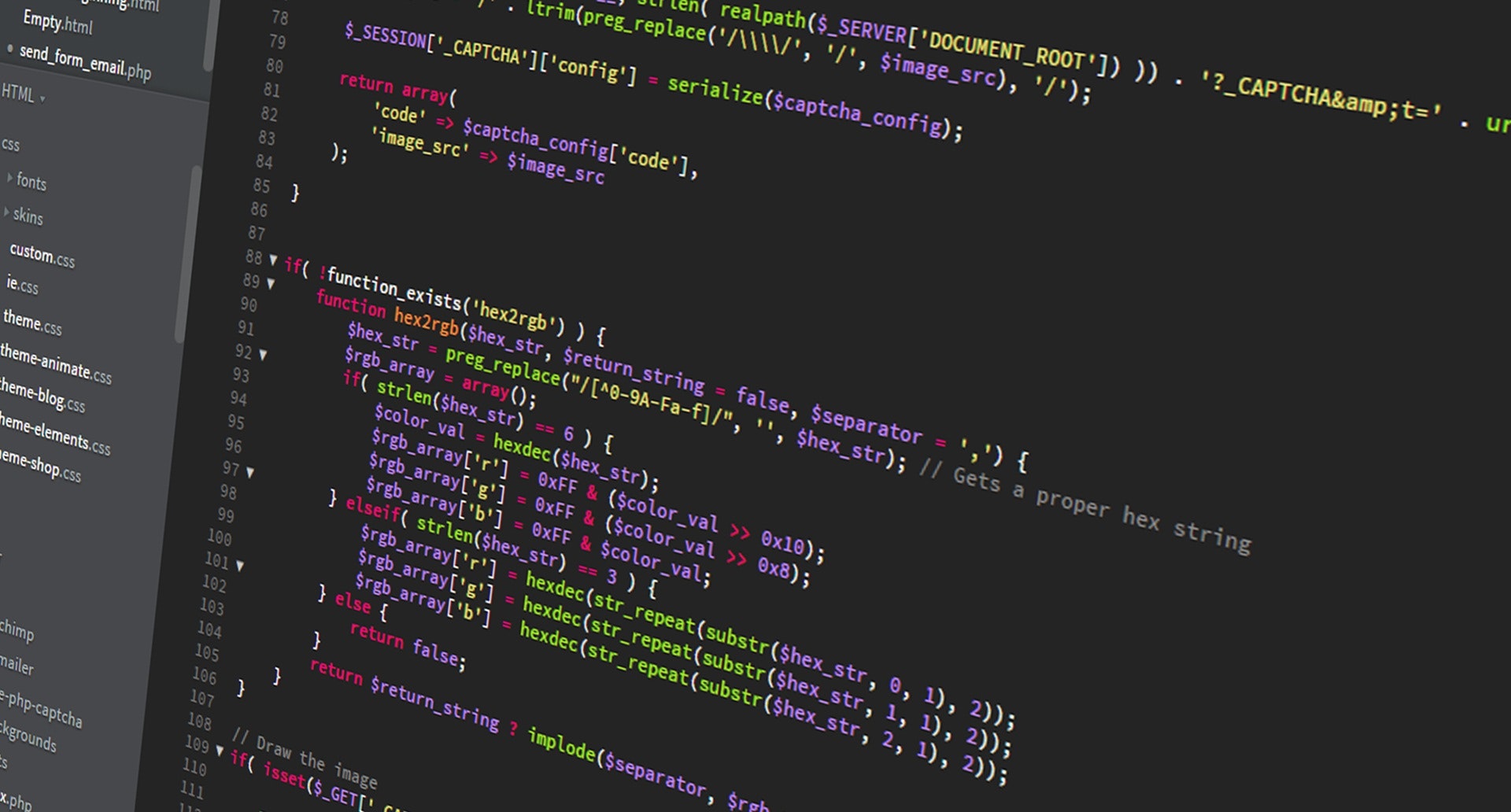Author: Alvar
-

The Good and Bad of Academia
Article URL: https://www.overcomingbias.com/p/the-good-and-bad-of-academia Comments URL: https://news.ycombinator.com/item?id=39374992 Points: 1 # Comments: 0
-
![[META] The future of r/programming](https://codegurus.eu/wp-content/uploads/2018/04/abstract-business-code-270348.jpg)
[META] The future of r/programming
Hello fellow programs! tl;dr what should r/programming‘s rules be? And also a call for additional mods. We’ll leave this stickied for a few days to gather feedback. Here are the broad categories of content that we see, along with whether they are currently allowed. ✅ means that it’s currently allowed, 🚫 means that it’s not…
-

Why most developers stop learning SQL at subqueries – a 5-minute guide for PARTITION BY and CTEs
submitted by /u/zaidesanton [link] [comments]
-

From Go to Rust: The Two Types of Readable Code
submitted by /u/agbell [link] [comments]
-

Building trust as a software engineer
submitted by /u/kendumez [link] [comments]
-

Short Read: Regular Expressions are a Double-Edged Sword, Complex but Powerful
submitted by /u/bitter-cognac [link] [comments]
-

PHP PDO CRUD Example
Package: PHP PDO CRUD Example Summary: Example code to implement CRUD operations with PDO Groups: Databases, Design Patterns, Global, PHP 5 Author: Channaveer Hakari Description: This package provides examples of code to implement CRUD operations with PDO… Read more at https://www.phpclasses.org/package/13131-PHP-Example-code-to-implement-CRUD-operations-with-PDO.html#2024-01-28-23:32:11
-

Mezon PHP Model Class
Package: Mezon PHP Model Class Summary: Store and retrieve model objects in a database Groups: Data types, Databases, Design Patterns, PHP 7 Author: Alexey Dodonov Description: This package can store and retrieve model objects in a database… Read more at https://www.phpclasses.org/package/13130-PHP-Store-and-retrieve-model-objects-in-a-database.html#2024-01-27-21:00:24
-

Simple PHP API Framework
Package: Simple PHP API Framework Summary: Create new APIs using controller classes Groups: PHP 7, Web services Author: Faris AL-Otabi Description: This package can be used to create new APIs using controller classes… Read more at https://www.phpclasses.org/package/13129-PHP-Create-new-APIs-using-controller-classes.html#2024-01-27-00:28:14
-

PHP JSON Decoder into an Object
Package: PHP JSON Decoder into an Object Summary: Decode JSON into an object of a given class Groups: Data types, Language, PHP 7 Author: Mateo Description: This package can decode JSON into an object of a given class… Read more at https://www.phpclasses.org/package/13128-PHP-Decode-JSON-into-an-object-of-a-given-class.html#2024-01-25-23:50:36